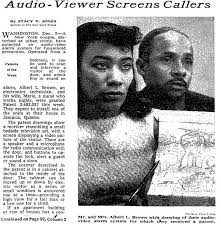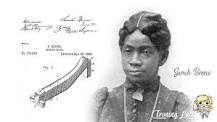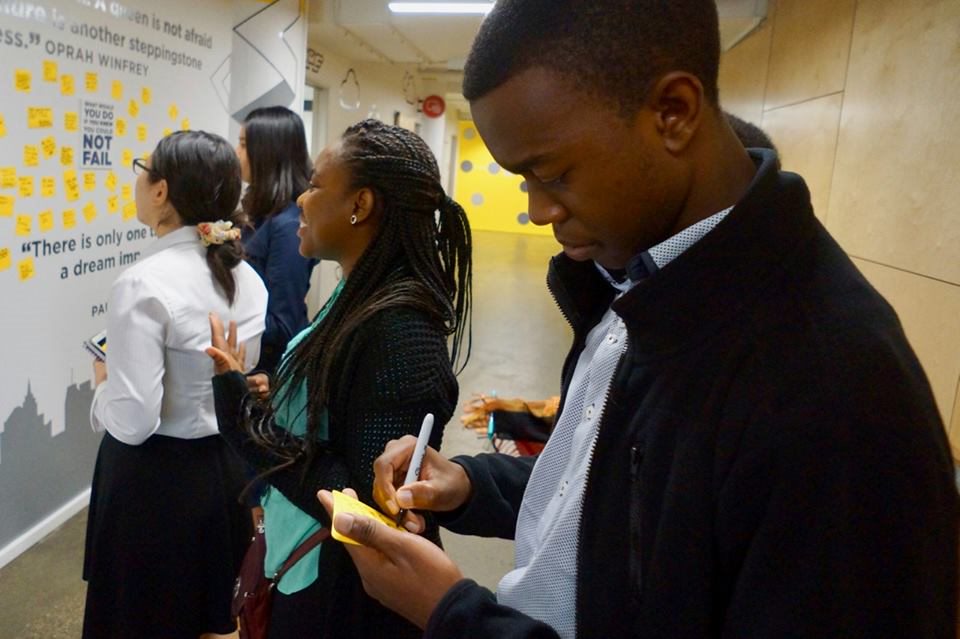This is the second week of our March biweekly series that focuses on black women who changed the world with their inventions.

Marie Van Brittan Brown:
African American woman Marie Van Brittan Brown contributed to making people feel safer at home by inventing the first video home security system alongside her husband, Albert Brown.
She was born in 1922 in Jamaica, Queens, New York. She grew up as an only child, and not much is known about her parents.
Marie worked as a young nurse and often came home late at night, a fact that greatly bothered her as her neighbourhood had a high crime rate, slow response in emergencies from police, and was considered unsafe.
These circumstances led to the creation of the first modern home security system; that allowed her to tell who was outside their home. She applied for a patent along with her husband Albert Brown in 1966 for the closed-circuit television security system. Patent, #3,482,037 was granted. Her device was the forerunner to the modern home security system.
This security system was made of four peepholes to capture people of varying heights and a camera that could slide up and down to look out each of the holes. Whatever the camera picked out was then sent to the monitor. Another feature of Brown’s invention was that a person could also unlock a door with remote control. The “audio-video alarm system” could be used to see who was at the door and talk with them.
She died at the age of 76 in 1999.

Sarah Boone:
Born Sarah Marshall in 1832, she was the daughter of enslaved people and an enslaved person. She got married to a black freeman, James Boone, in 1847 and thus acquired her freedom.
She and James had eight children soon after the marriage. The difficult conditions in North Carolina forced Sarah, her husband and her widowed mother to move to New Haven, Connecticut, before the civil war through the help of the conductors of the Underground Railroad.
They lived in a Black neighbourhood near Dixwell Avenue, where her husband worked as a bricklayer till his death in 1870, and Sarah worked as a dressmaker. Before her husband’s death, he and Sarah had saved enough money to buy their own home.
Sarah became a valued member of the neighbourhood and an ardent attendee of the local church. She also began by educating herself through the help of others, taking classes in reading and writing.
As a result of her daily work as a dressmaker, she wanted to produce a cheap, simple, convenient and highly effective device, particularly adapted to be used in ironing the sleeves and bodies of ladies’ garments, and this led to the creation of the ironing board with the help of some workers.
In 1892, she applied for a patent for her ironing board, and when her application was approved, she became the first African American woman to be awarded a patent.
She was awarded U.S. Patent No. 473,653 on April 26, 1892.
Many homemakers purchased this simple device, and there’s uncertainty about the extent of her profit from the invention, especially as it became a product for mass distribution by companies.
Sarah died of Bright’s disease, known today as acute or chronic nephritis.




